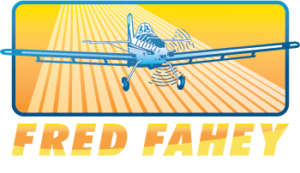Ground vs Air
Benefits of Applying by Air
Aerial Application has a number of advantages over ground based application. These include:
- Cover large areas quickly
- No soil compaction
- Zero disease/noxious weed transfer between properties
- Zero crop damage
- No harvest delays due to green heads caused by wheel damage
- Treat crops that are hard/impossible to get to with ground equipment
- Access to paddocks too wet for ground equipment.
- Professional accurate application
In order to assist our clients in assessing potential wheel track damage, we have built an online calculator. Simply enter in the assumptions below to calculate potential average wheel track damage per hectare
Wheel Track Damage Calculator
Tips for using the Ground Vs Air Calculator
As a general rule the more advanced the crop the greater the damage and the wetter the ground the greater the damage. When crops are more advanced the damage is multiplied, as in addition to the wheels, the vehicle chassis tend to injure the crops.
Damage will be greatest as tyre width increases and boom width decreases.
Crops often recover visually from being run over but often these areas lag behind the rest of the paddock and grain ripens later or not at all. Damage will obviously vary with crop type, crop stage and other variables but a rule of thumb seems to be an average of 40% damage (i.e. yield loss) to areas that are run over.
When calculating total machinery wheel width, don’t forget that if the front and rear types of the towing vehicle and the tyres of the spray unit don’t all run in the same wheel track, you will need to add these together. If they do run in the same wheel track, your total wheel track width will be less but the damage factor may be greater.
To convert feet to metres – multiply feet by 0.3048
To convert acres to hectares – divide acres by 2.471
